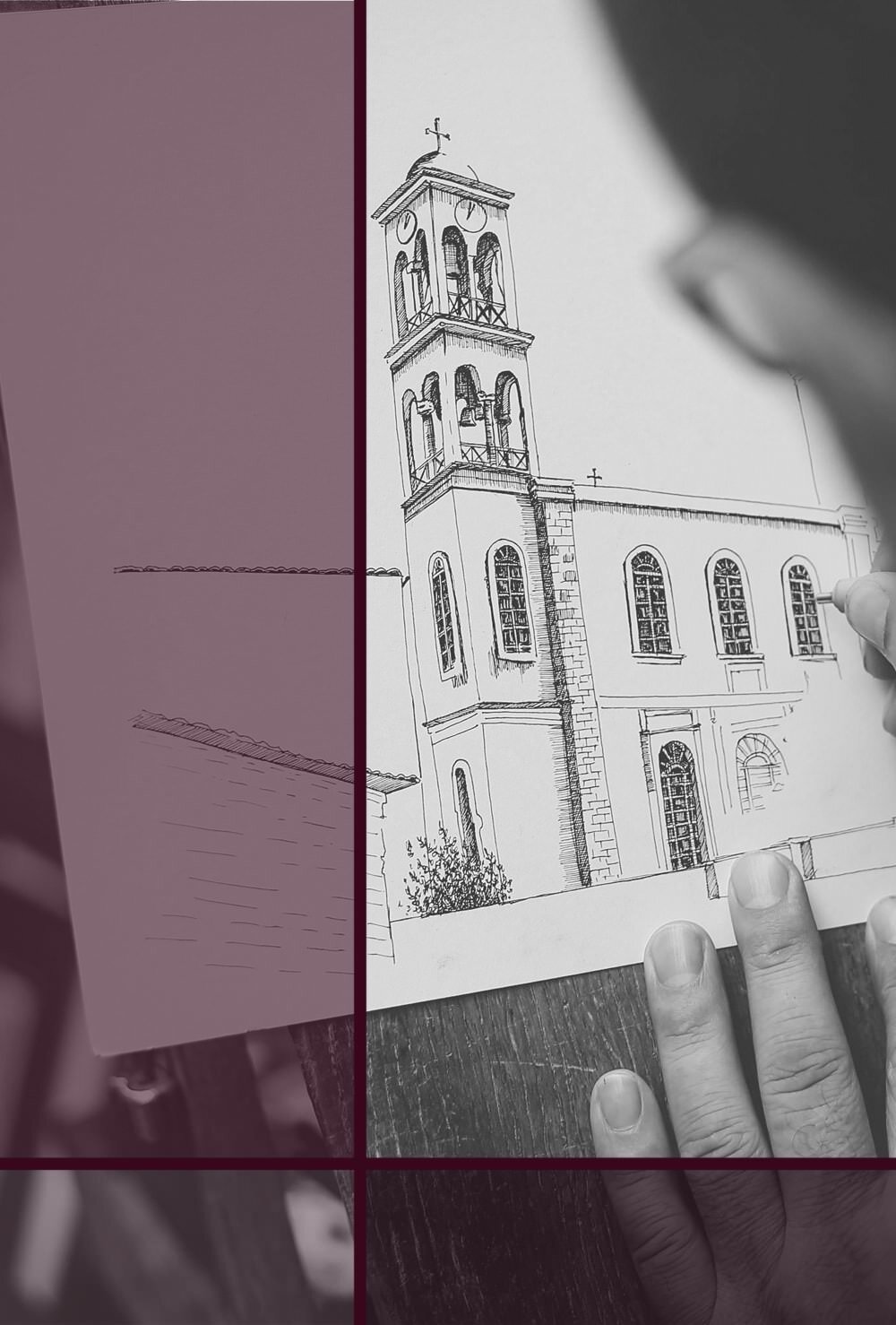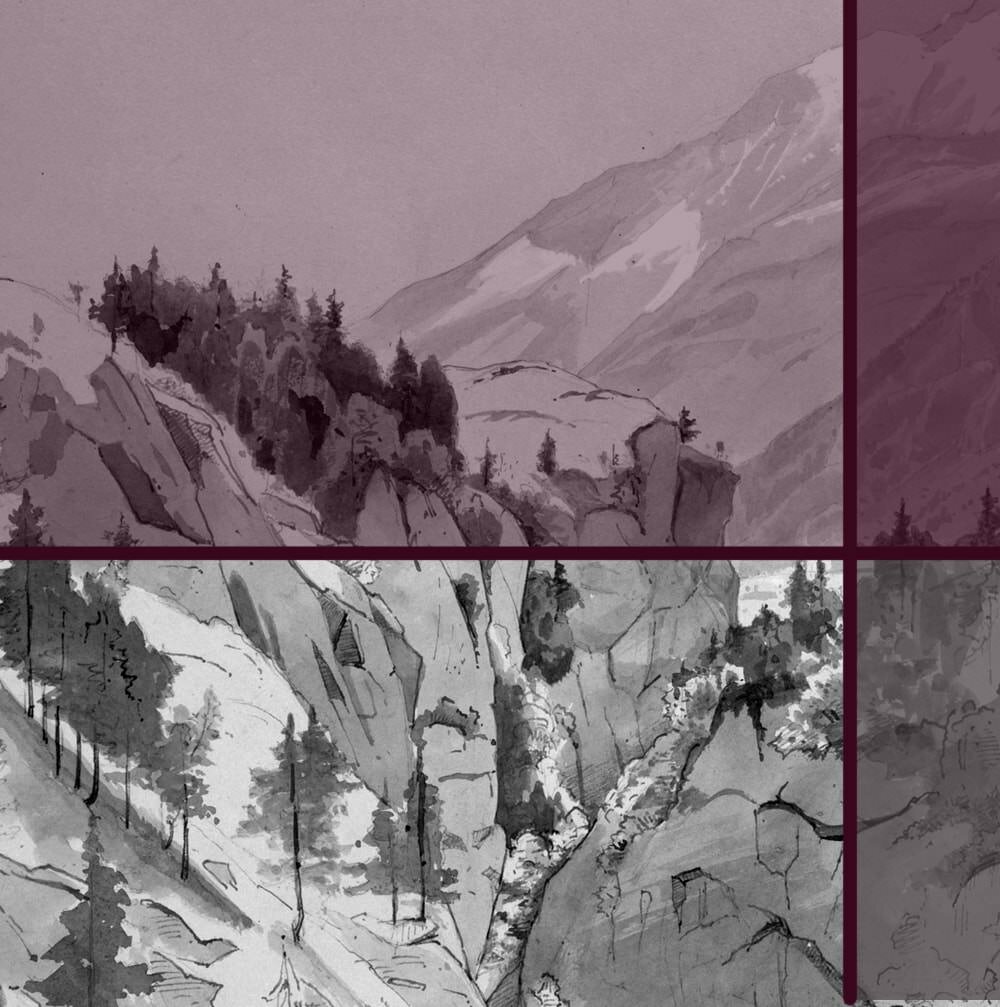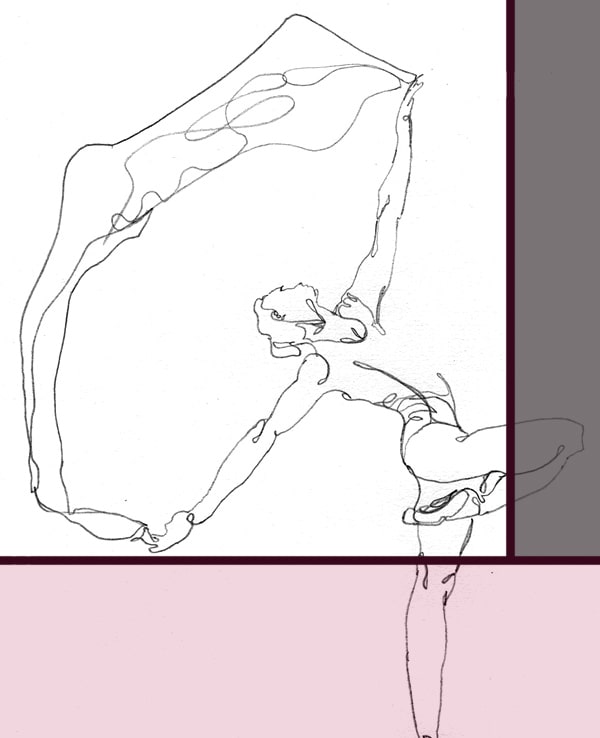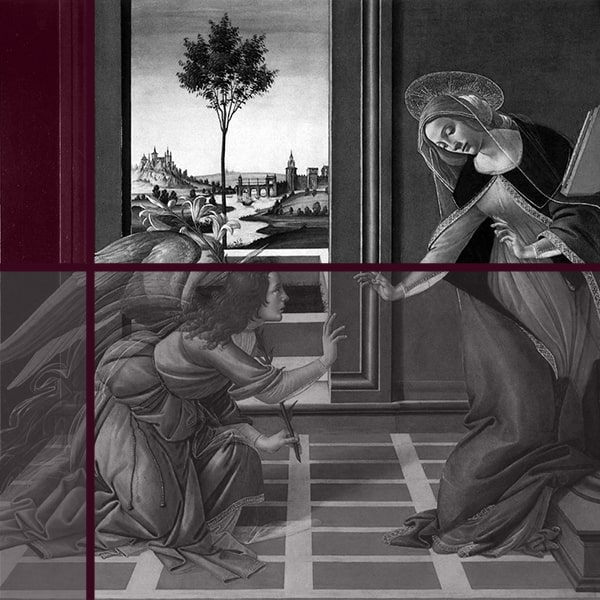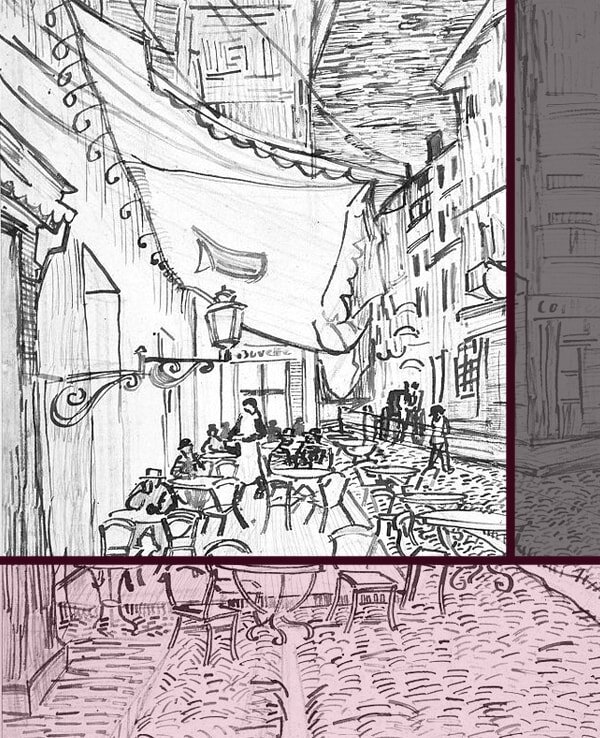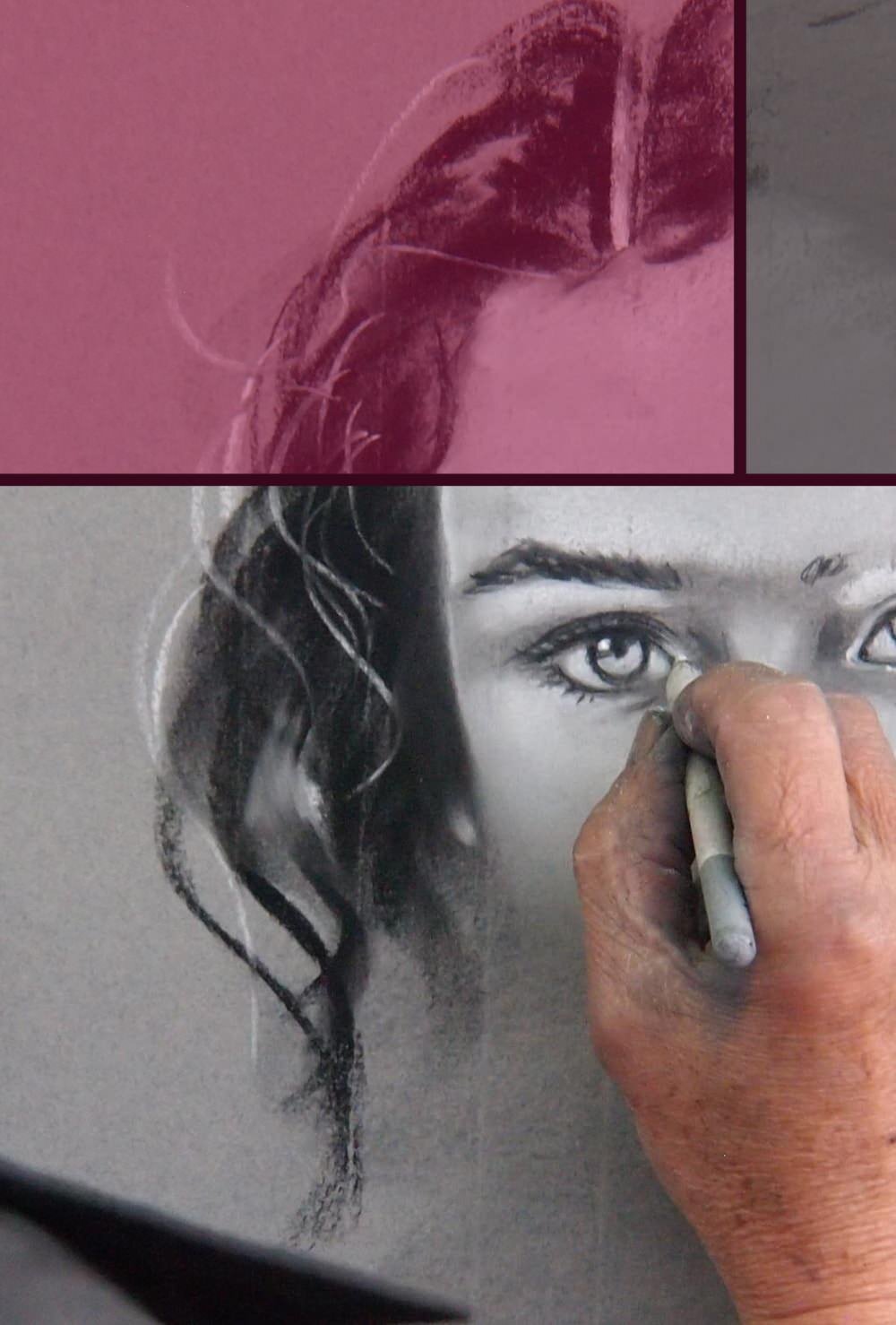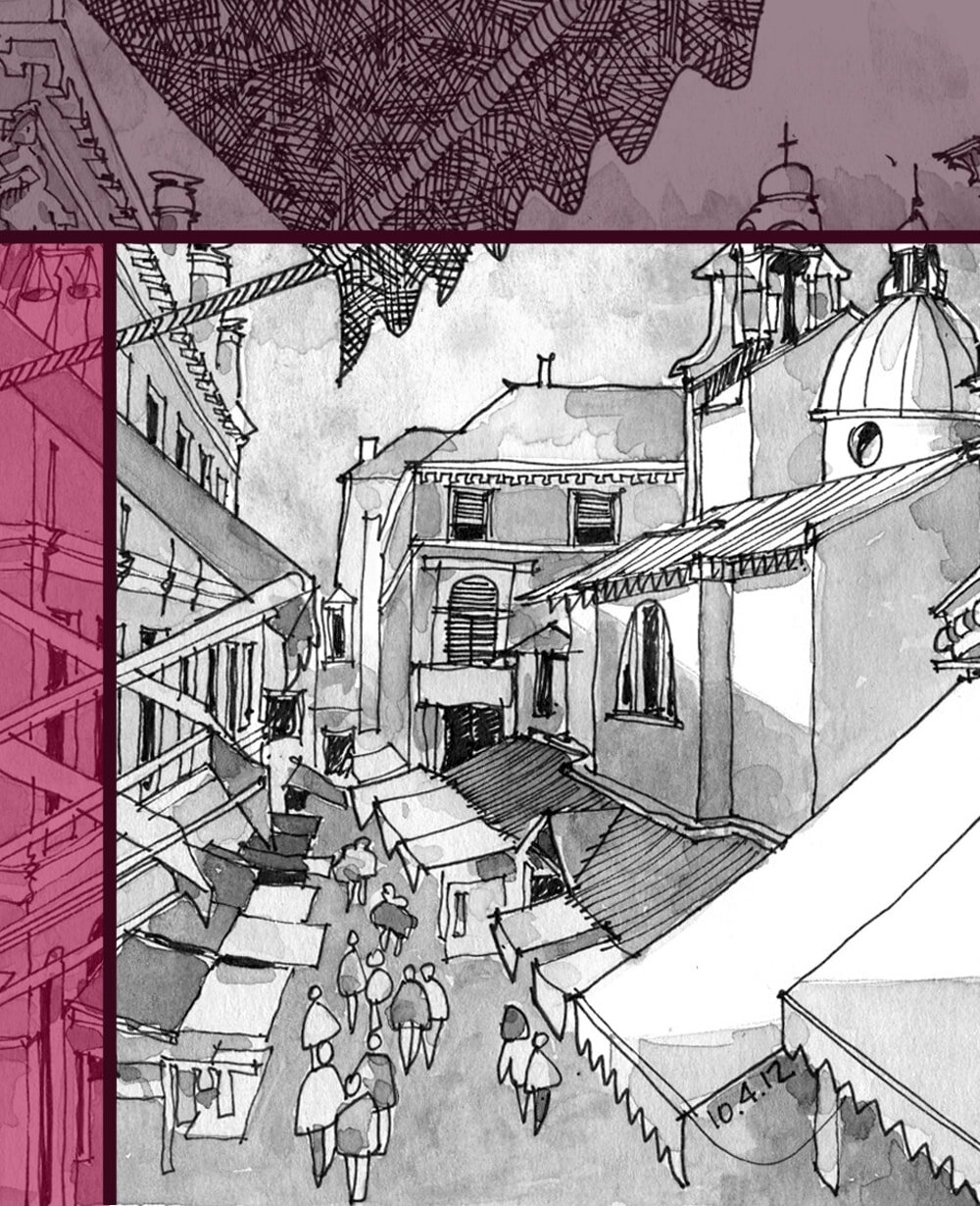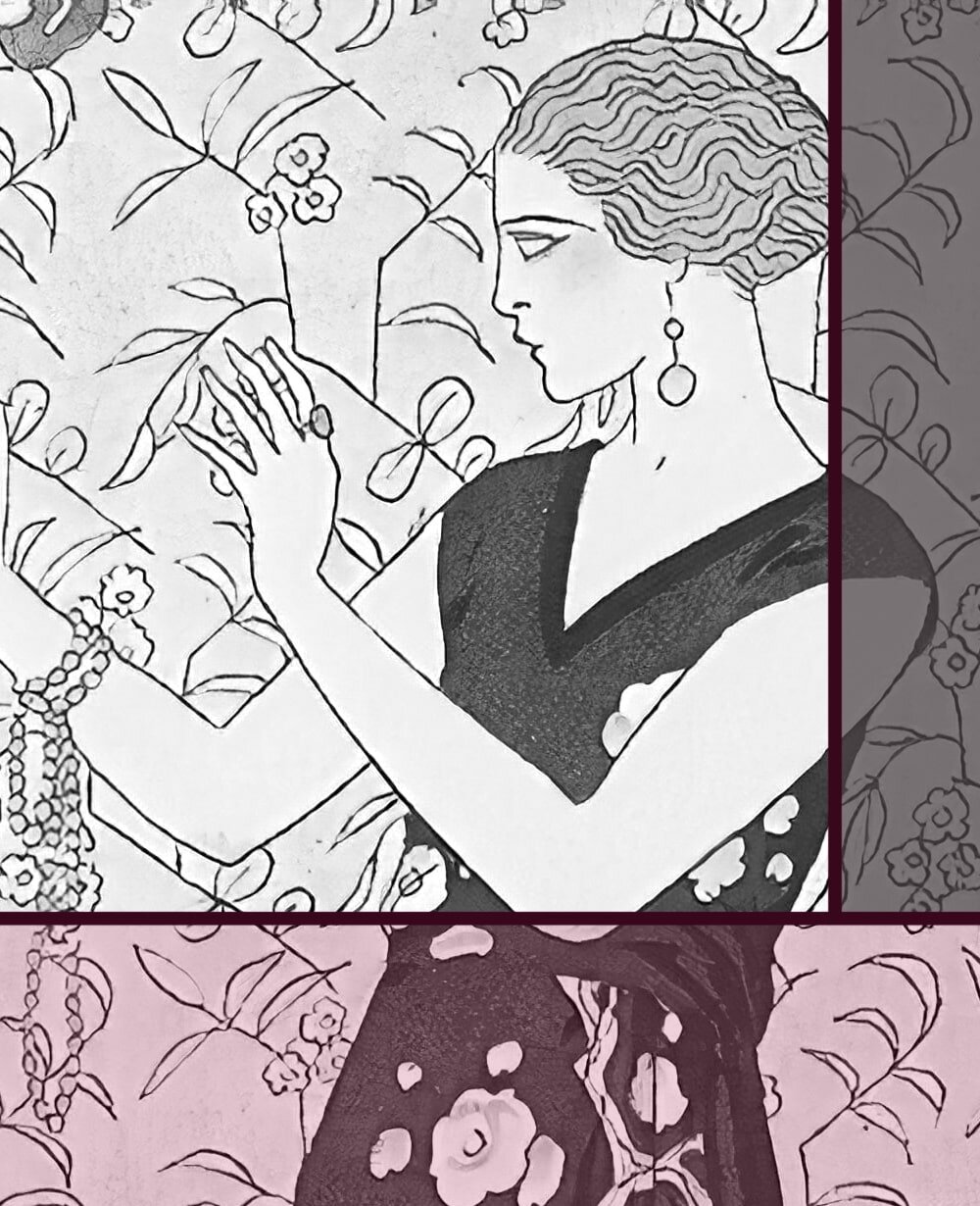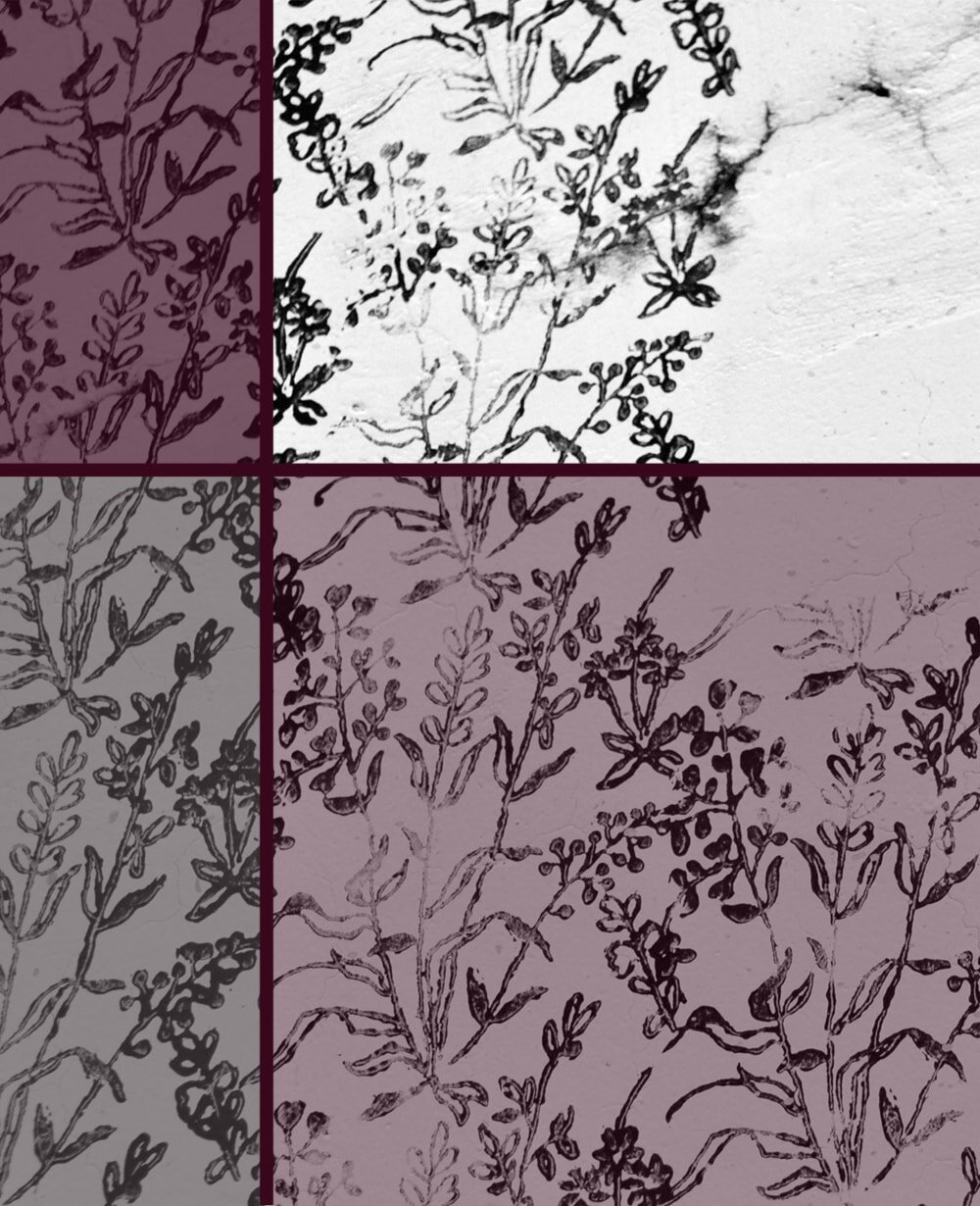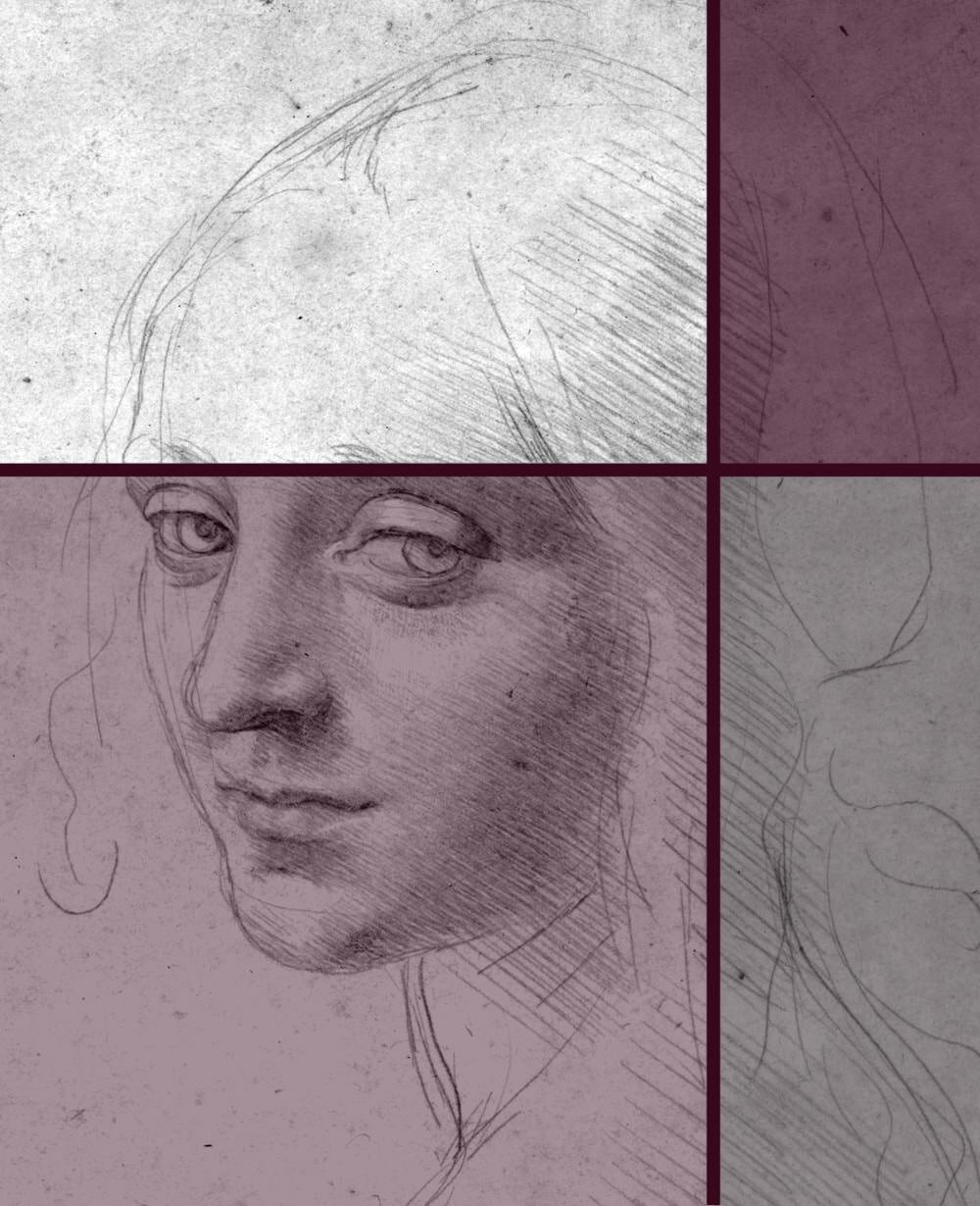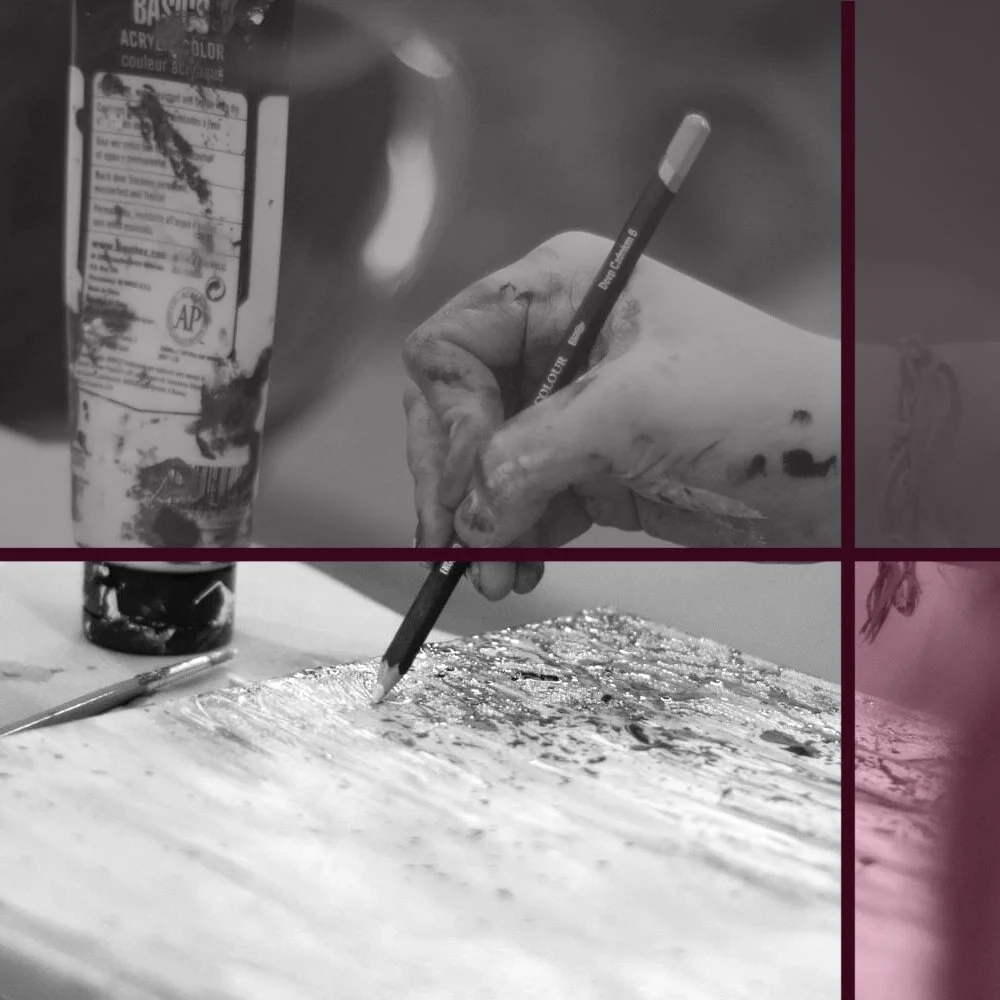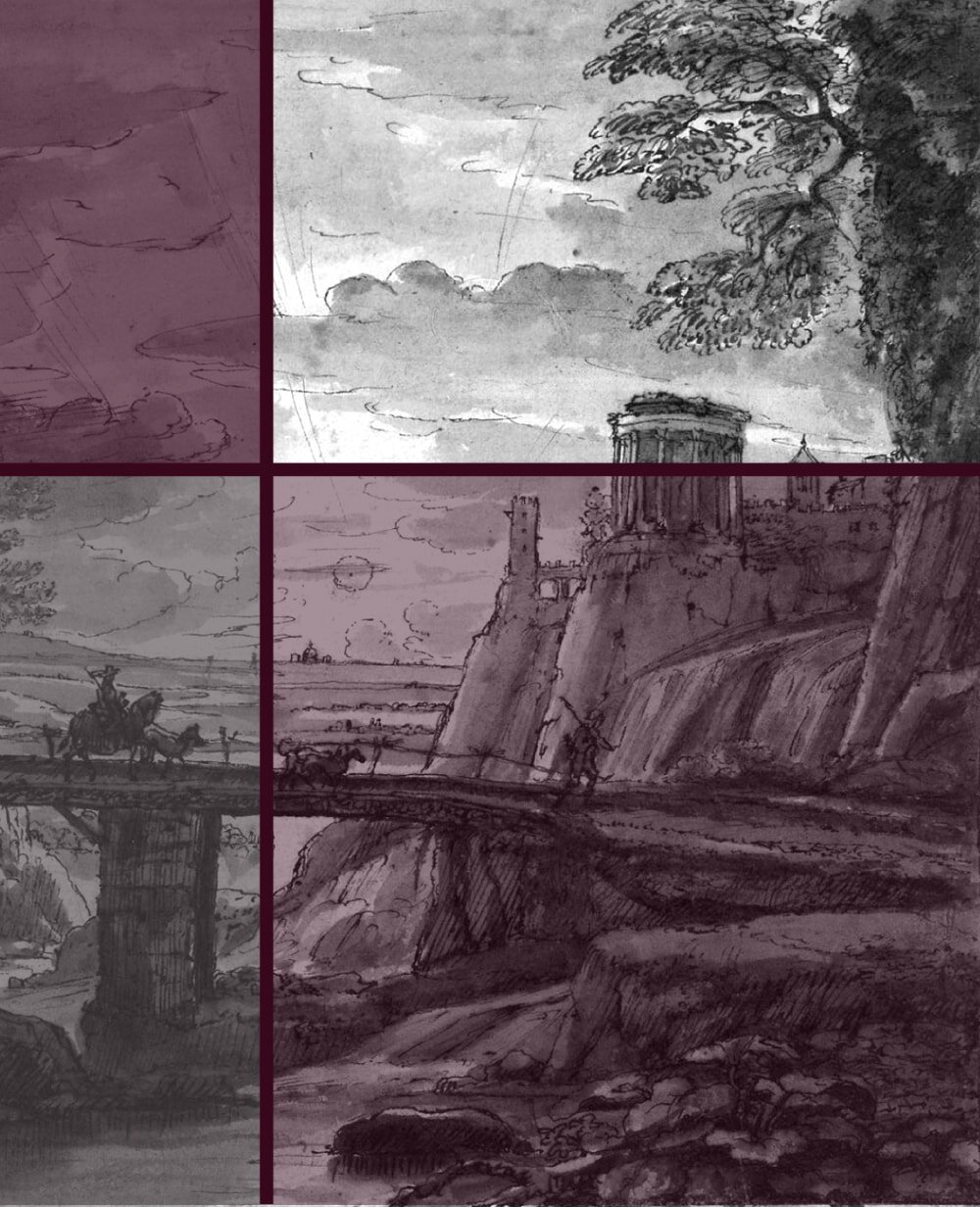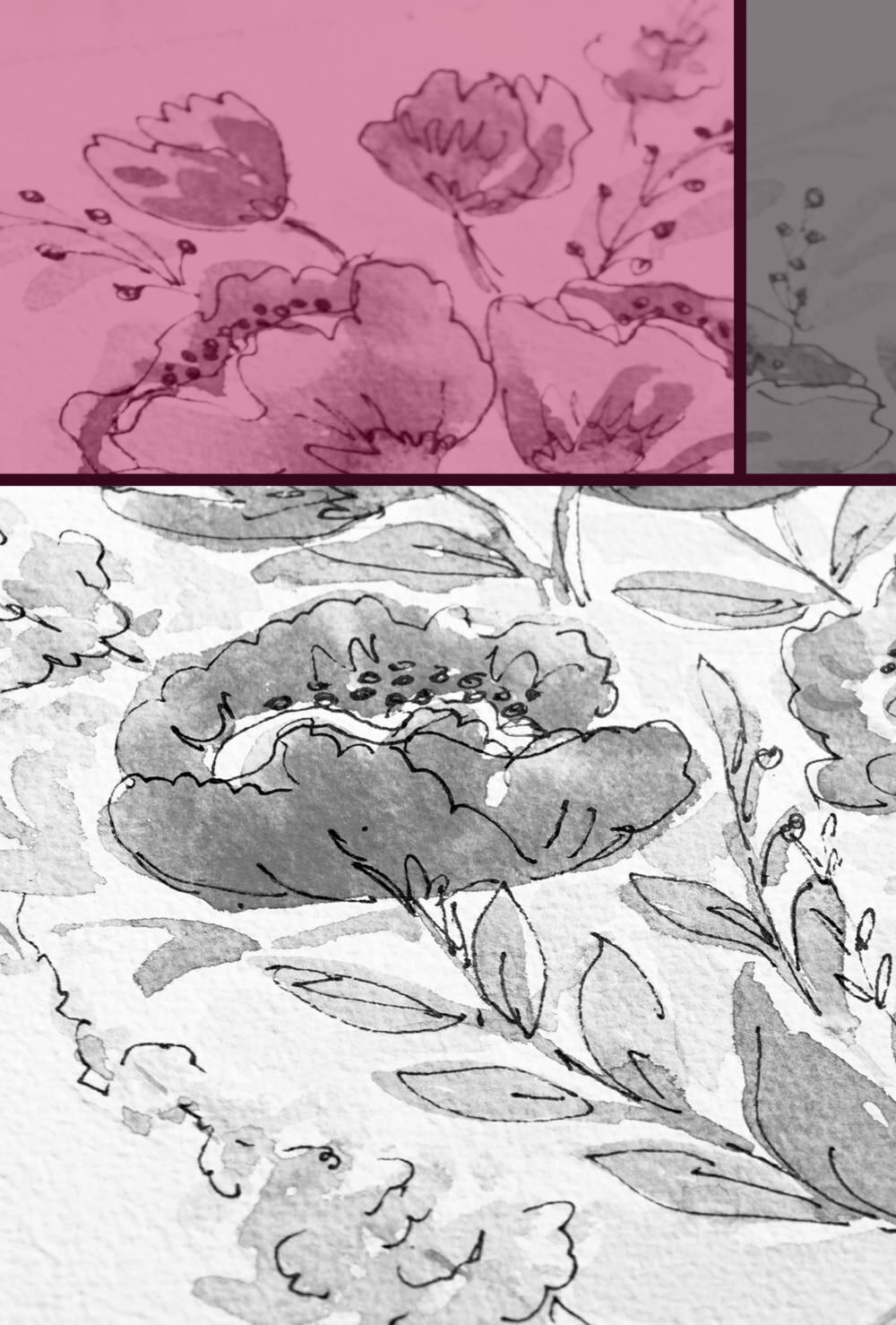The best Places to find Inspiration for your Art
Sometimes, when we’ve finally found the time to do some art, we just don’t seem to find the right subject and get into the mood.
It does happen to all of us, as explained in my post on how to beat the blank page syndrome in the arts. But there are most certainly things you can do about it.
Having drawn the view out of my window and the contents of my cupboards so many times before, I decided to venture out to look for some inspiration. And I found it, in so many places.
If you can't think of anything to draw or paint, often all that's needed is a change of scenery.
Art galleries, weirdly enough, aren’t great sources of inspiration for everyone. Being confronted with masterpieces of artists a lot better and more experienced can be demotivating.
And of course, people go to art galleries precisely to look at art (or exchange secret documents, if you’re a spy), so there is no way for you to sketch without someone looking over your shoulder, peak time or not.
Here is a list of some of the places that I found more suitable to draw or paint without being watched or distracted.
Zoos and aquariums
True, a zoo is also a place people go to specifically to look at things, so they’ll be drawn to your sketchbook if you’re sitting out in the open.
But, if you’re lucky enough to live near a zoo with an aquarium section you can find an awesome drawing space there. Not only are the aquariums usually much less busy than the rest of the zoo, they’re also dimly lit, giving you a lot more privacy than the sunny bench near the penguin parade.
And let’s not forget the terrific practice you’ll gather trying to draw those pretty, colourful sea creatures and water plants.
Aquariums and other parts of the zoo are great to find inspiration for drawings and paintings
If fish are not your thing at all, most zoos have other, less popular areas, such as the fancy birds, or at least quieter times of day.
Keep in mind that a zoo isn’t just animals, the enclosures with their exotic plants are just as interesting a subject. If the animals of said enclosure aren’t out that day, the plants will still be there and you can draw those without anyone bothering you.
Rainy days are also great, when it’s less busy but you can draw in the indoor bits. Pro tip: many of these spaces are quite humid, so careful with the cheap pound store paper, it’ll roll.
Libraries and bookstores
Granted, not everyone has access to a Beauty and the Beast style library. For many of us, especially in more rural areas, it’s going to be a room with some pinewood shelves and an old, stained carpet. But even then, you still have most of the ingredients for a successful drawing session.
Libraries are by nature supposed to be quiet places, so, yay for that! No screaming children or groups of friends chatting far too loud.
And since they’re designed to keep people in and provide a suitable atmosphere for reading they usually have good heating, comfortable places to sit and good lighting.
Libraries are often quiet, warm and architecturally interesting, which is great for drawing exercises.
“But what am I supposed to draw?”, you might wonder. In fact, stacks of books are quite a good practice for learning how to simplify drawings. How do you make it clear there’s books everywhere without drawing every single one?
Rows and rows of straight shelves with vertical books stacked in them makes for rather useful perspective training, too. See where the lines converge, how the vanishing points change. And if neither of that interests you, simply pick any book from the shelf and draw what you find inside. So much choice.
If you have no library near you often big bookstores have much of the same benefits. Waterstones in the UK for example has quiet corners with super cosy armchairs to hang out as long as you want. And people usually don’t bother you there, either.
IKEA
Yes, you heard me, IKEA. Land of self-assembly and scented tealights. It’s a paradise for reasonably priced designer accessories and beautifully decorated living spaces (I’m not paid by them, I just love the place!).
Think about it, if you’re bored of drawing things around your own house, everyone’s favourite Swedish store is the perfect alternative.
IKEA has interesting designs, comfy seats everywhere and great food, what more could you want?
You have long quiet hours (hardly anyone is in there on weekday mornings), you’ve got those adorable, small room designs, one after the other. Right and left of you there are clean, neat design elements from bohemian to rustic, something for every taste.
And the best thing: it’s a furniture store, so you won’t lack seating opportunities and quiet corners to do a bit of sketching before lunch. Which you can also buy right there and it’s delicious. What’s not to like?
Churches
Whether you’re a Christian, Muslim, Hindu, or don’t believe in God at all, there's no denying that religious buildings, especially catholic churches (and mosques, for that matter) are architectural masterpieces that ought to be appreciated for their pure existence.
They’re also a haven of calm and quiet, being designed for worship and introspection. And that’s just such a wonderful combination for the arts to take notice of. Peaceful and pretty, great stuff for drawings.
Churches are great places for drawing, with their amazing architecture and naturally peaceful vibe, like St. Giles’ Cathedral in Edinburgh.
That said, they can be rather chilly inside. But in summer, or right after mass, they are perfectly inviting and great to get the sketchbook out.
Don’t worry about being disrespectful. I have never met a priest or pastor that disapproved of anyone sitting there quietly and sketching. On the contrary, religion and the arts have always been quite close.
There can be a great many interesting and shiny objects around for you to draw, but it’s often the architecture that’s the main looker.
Observing and sketching the archways and stained-glass windows, the pulpit and balconies is going to be challenging but very beneficial. Wonderful perspective going on there, too.
Cafés
Sometimes one isn’t in the mood to draw objects, architecture or animals even. Sometimes it’s got to be people. We are fascinating creatures, it’s true. Very versatile, very diverse.
If you want to draw humans but at the same time avoid being seen yourself there’s a simple trick to finding the perfect spot.
All you need in order to draw without a crowd gathering around your sketchbook is to go to places people are not visiting especially to observe something (such as galleries), or where they’re in a rush and won’t stand still enough even for a quick sketch.
You’ll want people comfortable and lingering long enough to sketch them, but still busy enough with their own day that they won’t take any notice of you.
A quiet corner in a cosy café can make for discreet observations of the surrounding visitors and useful life drawing practice.
Some coffee shops are great for that. Look for something with nooks and crannies, where you can sit in a way that hides your sketchbook but still lets you observe visitors.
You’ll want it comfortable, warm and ideally with a view of a little more than the tables, or all you get to draw is seated people from the waist up, which can get quite boring.
Unusual museums
Your major museums can be a problem in terms of drawing without becoming an exhibit yourself. But luckily there are lots of smaller museums around, in cities as well as in the countryside.
Have a look out for museums about trains, ships, agriculture, anything that’s ‘niche’ enough that they’re not attracting masses of people each hour. Quite often there’ll be one or two near you that you’ve simply never taken notice of.
Those places are a fabulous source of inspiration with lots of peace and quiet and super interesting things to draw that you may have never seen before.
‘Niche’ museums, such as the toy museum in Prague, are often the better (and more peaceful) alternative to the big, popular ones.
If you don’t happen to have any convenient small museums around there’s always the lesser visited sections in the big ones. Edinburgh’s National Museum of Scotland for example has a fabulous area with Asian artefacts that is a bit off the main attractions.
On the other hand, if you can bear to have the occasional spectator it’s astonishing how much you can advance your practice and understanding by spending some time drawing the animals, skeletons and fossils in the natural science exhibits.
I do hope I’ve got something for everyone in this list, rural and city dweller alike. Sometimes you just need to get out of the trot (and the house), which can often be incredibly beneficial to your art.
Did you enjoy this article or feel like you have anything else to add? Feel free to leave me a comment below!
If you like this post, please share it, so others may like it too!




